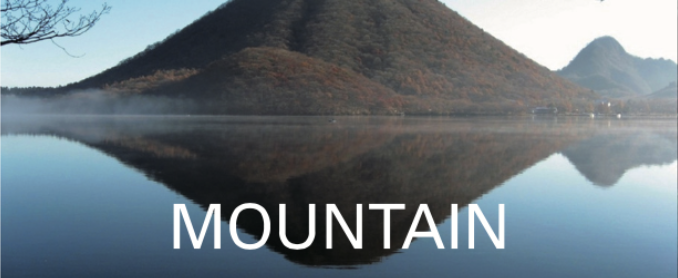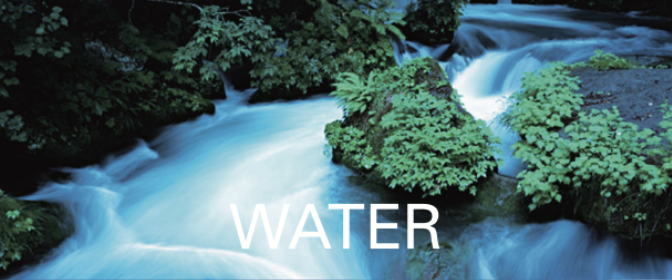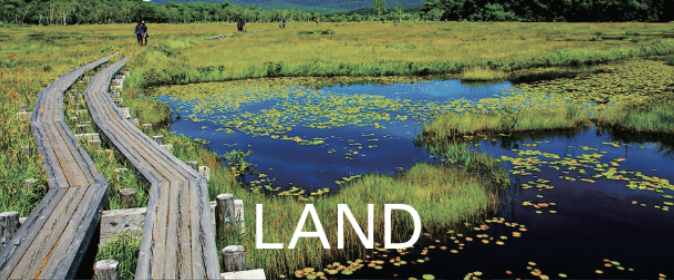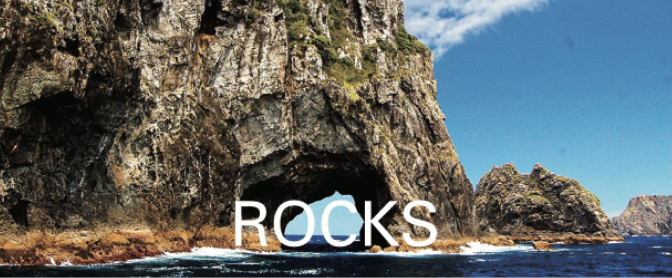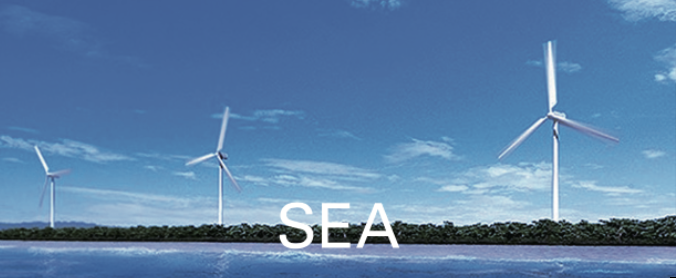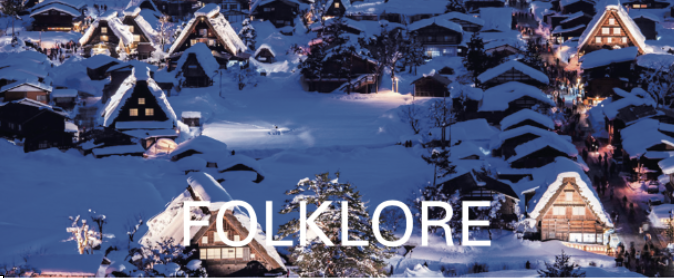
A special scenic spot Amanohashidate, is a miracle of natural modeling that exists like a white bridge flying to heaven. At the slightest twilight of the evening, the “the railway crossing the sea” appears when the sun illuminates the pine forest from the side. Originally, it was a bridge to heaven.
The bridge connected to heaven hanged over Hioki Miyazu City, and the gods came down. Then, many people in the land tried to cross toward the heaven, and it collapsed. It has been said that the wreckage of the bridge became Amanohashidate.
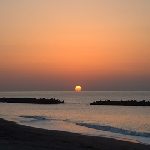
This coast has a beautiful contrast among the clear blue Sea of Japan, the sandy beach and the green of pine trees. The contrast began in 1620, in the beginning of the Edo period (1603 – 1868), when the lord of Murakami tried to protect the land from the sand and sea breeze. He built a fence to protect the mansion and fields and planted red pine trees to protect the residences and the fields. The trees have been protected for 400 years by a logging prohibition order.
The sunset seen from the coast of “100 famous Beautiful Sunsets in Japan” is exceptional. Slabs engraved with a Haiku, a Japanese poem of seventeen syllables, by Yosano Akiko (1878 – 1942), a Japanese author, poet, and pioneering feminist, stand everywhere.
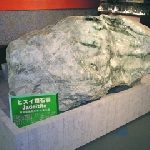
“The Islands sunk down and floated up ” —Twenty million years ago, Fossa Magna, a 6,000 meter deep land fissure that split Eastern and Western Japan, was created at the border of the Eurasia and the North American continental plates. 700,000 years ago, that fissure was lifted by those plates and connected the Islands. This museum is a stone museum at Nunakawa no sato in Miyama Park Itoigawa City.
It is directly above the Itoigawa Shizuoka Tectonic Line on the west side of the Fossa Magna (Great Rift in Latin) in the Central Rift Zone. They exhibit precious stone specimens including large jade ore. About 500 million years ago, jade was considered a precious stone of ancient amulets, and it was supplied to the east and west of the Japanese archipelago by a maritime network.
: the Fossa Magna was founded by Dr. Heinrich Edmund Naumann (1854 – 1927), a German geologist and teacher of Oyatoi Gaikokujin, the foreign employees in Meiji Japan.
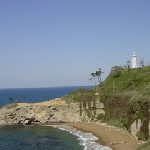
Kasa no misaki, a Cape that protrudes toward the Sea of Japan on the Kaga coast. It is a sea cliff with large and small islets scattered at the tip of the cape and a perfect scenic spot to open to the Sea of Japan to the left and right. The contrast between the chalky light house and the azure sea is beautiful.
Depending on its geography and topography, this cape was also a relay station for Kitamae-bune, cargo ships that sailed the Japanese Sea, between Ezo, Hokkaido and Osaka, during the Edo period (1603 – 1868), and the Meiji period (1868 – 1912). The townscape of Hashidate Town, was created by the wealthy trading where the shipowners’ houses were lined up.
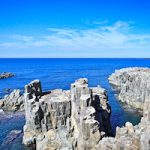
Mikuni Town is the mouth of the Kuzuryu River that pours into the Sea of Japan. It had flourished as an active port for a long time, including the Trade, of Kitamae-bune, cargo ships that sailed the Japanese Sea in between Ezo, Hokkaido and Osaka, in the Edo period (1603 – 1868). The atmosphere of Tojinbo, a scenic spot, famous for its series of rugged precipitous cliffs as high as 25m, is in the contrast with that of Mikuni Town.
And Echizen Coast is the coastline from Tojinbo to Suiz in Tsuruga City, via Cape Echizen. The scenic beauty of the rocks broken into columns and eroded by the rough seas of the Sea of Japan continues.
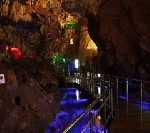
This limestone cave, with an altitude of 900m, is the highest tourist limestone cave in Japan. It was discovered in 1965 and is an amazing work of art, created by time and nature. Fossils, such as sea lily and fusulina, were found in the limestone cave.
It shows that the limestone cave might have been the bottom of the sea 250 million years ago. The coral at the bottom of the sea died and became limestone, which traveled through the bottom of the ancient South Sea, over a long, long time.
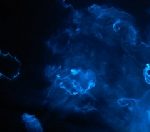
The sea of Toba was the sea where Mikimoto Kokichi (1858 – 1954), a world-famous pearl dealer, was the first to cultivate cultured, semi-circle pearls. He founded Mikimoto Pearl Company in 1893. Mikimoto Pearl Island is a habitat for wild birds, where 200 year old natural forests flourish.
The sea also has beautiful scenery where the sea firefly has shined for 400 million years. Japan has worshiped something that shines mysteriously with the moon and star lights, such as turban shells, since ancient times.
You can enjoy the scenery of the origin of Kokichi along with the history of Japan on the Toba Sea.
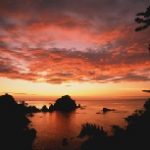
This coast is a Rias coast that continues for about 15 km and is one of the most scenic spots in the Sea of Japan. The rough scenery of the cliffs eroded by the rough waves, wind and snow of the Sea of Japan creates a spectacular contrast with the gentle beaches of seawater and a beautiful stretch of sandy seashore dotted with pine trees.
It is like the scenery of Horaisan, the treasure mountain island in Japanese mythology, which was drawn by Makie, a lacquer decoration sprinkled with metal powder, from the Heian period (794 – 1185).
A promenade is maintained along the coast, and the view especially on the coast from Ajiro Coast to Tajiri Coast, was highly praised by Shimazaki Toson (1872 – 1943), a Japanese author, as “Matsushima ha Matsushima, Uratomi ha Uratomi – the Scenic spots of Matsushima in Miyagi, and Uratomi in Tottori, each has a beauty that is special, but not equal.”

Oki Island was part of the Sanin region of Honshu Island until about 20,000 years ago. During the Ice Age, the plant – northern species such as Oki rhododendron, continental species such as touteiran, and southern species such as nagoran, had migrated to Oki Island.
In the sea, by the warm current of the Tsushima Strait, southern fish such as Japanese pinecone fish, and reef building coral of northern limit can be seen.
This museum exhibits the specimens of a finite life and infinite memory in the Oki Islands and the sea of the National Park, which have crossed the north-south boundary line.
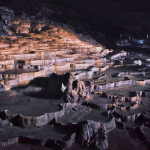
350 million years ago, the submarine volcano had been born on the old Pacific Ocean near the equator, and coral reefs were formed near the sea surface. The submarine volcano and coral reef group moved north, due to the movement of the Sea Plate, reached the Eurasia Continent, and formed the limestone layer.
The crustal movement called the Akiyoshi Orogenic Movement, had raised the stratum of limestone layer as part of the mountain range. That was the birth of the limestone plateau, Akiyoshidai.
This museum introduces well the eternal journey in an easily understandable way.
